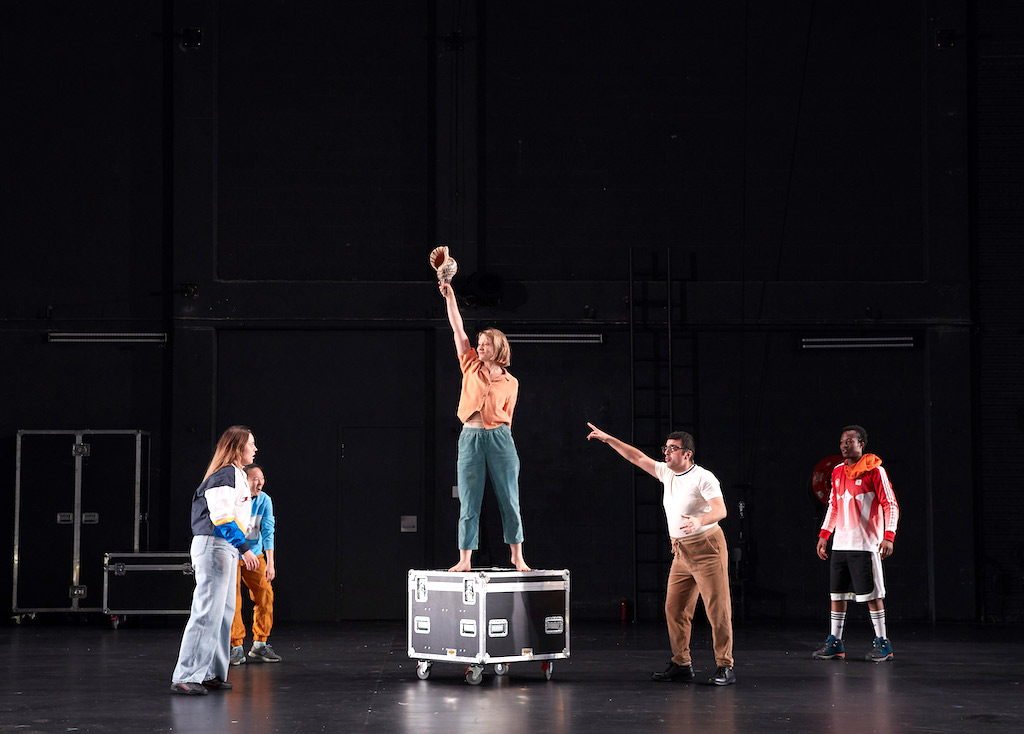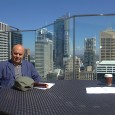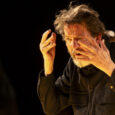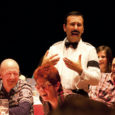In William Golding’s 1954 novel, a group of British schoolboys, aged from about six years to pre-adolescence, crash-land onto a tropical island. There are no adult survivors, no other inhabitants and the boys have to learn to to fend for themselves. Ralph assumes leadership, but it soon sits heavily upon him as he realises the responsibilities that go with it – first, keeping himself and his subordinates safe; second, effecting a means of rescue. He is almost immediately challenged by a second alpha male in the group, Jack – whose predilections run to hunting and bullying. A third boy, Simon (kinder, quieter, wiser) forms part of the early leadership triumvirate. A fourth, an intelligent but physically challenged boy with glasses, is fiercely supportive of Ralph’s more reasoned approach but, having been bullied for most of his life, is diffident. Then there is Roger, who soon reveals his violent tendencies.
The tension is established early, and the reader knows it will not end well. Boys will be boys; without appropriate authority there will be anarchy; there is reason and individuality, and there is the mob. This is the way of things.
Kip Williams, who directs this production of Lord of the Flies for the Sydney Theatre Company, takes umbrage with the notion that “all humans” would see it that way. He sees it as being all about toxic masculine culture. I wouldn’t argue with that.
Williams goes further. This toxic masculinity is born of the boys’ male role models. It is their “understanding of masculine hierarchies and patriarchal value systems that they weaponise through modes of bullying, fear-mongering and physical dominance in order to gain power”. I wouldn’t disagree with that either, but Williams is keen to refute the argument given to him that “all humans will descend into chaos” if placed without authority on such a tropical island and, believing that today’s young adults are more egalitarian when it comes to power-sharing, he has chosen to cast gender-blind. Therefore, the performers in this Lord of the Flies appear very differently to the group of white, able-bodied school boys envisaged by Golding.
Mia Wasikowska is Ralph, Contessa Treffone is Jack, Joseph Althouse is the (probably epileptic) Simon, Rahel Romahn is Piggy, and Daniel Monks is Jack’s malevolent sidekick Roger.
When I first heard that the two main roles were to be played by females, I wondered how that would play out. It should not be controversial to state that girls, whether in the playground or on imagined tropical island, socialise differently to boys. Would Ralph and Jack not brawl, but resort to other power tactics and more subtle manoeuvres? I needn’t have worried on that score. Wasikowska and Treffone are very believable boys, playing their roles much as Golding wrote them. In fact, regardless of gender – gay, straight, cis, male, female – the boys are played as boys, some small and scared (Nikita Waldron represents the entire troupe of ‘littluns’ in Percival), others more resolute, such as the twins Sam and Eric (Mark Paguio and Eliza Scanlen) and some happy to be led by Jack, as are Bill (Nyx Calder), Maurice (Yerin Ha) and Henry (Justine Amankwah).
The performances are fresh and enthusiastic, and it’s exciting to see this new generation of young actors, most of whom are making their Sydney Theatre Company debut. No doubt we will see more of all of them in the future. They give it their all, which more often than not means shouting. A lot. The sound level gets to the ceiling early on, and pretty much stays there.
Ralph stands for reason and rescue, but his character is not that well drawn. Jack, who just wants to kill things and be chief, is even less subtle. Poor gentle Simon is barely introduced before he has his moment with the pig’s head, aka Lord of the Flies, crawls out of the jungle and comes to a sticky end. This is a pivotal moment and no doubt harder to stage than to appreciate in the written form. Once again, the emotional involvement falls short; some more nuance would have been welcome. Kip Williams approach may be contemporary; Nigel Williams’ adaptation is 20 years old.
The set (courtesy of Elizabeth Gadsby) is bare, with scaffolding serving as the mountain, boards as the beach and the jungle. Alex Berlage’s the lighting is a show in itself. Pale blue fluorescent tubes might represent the endless ocean; they change colour and tilt to give us a clearing in the mountain; as the set darkens, the violence escalates and blood is spilled, they became red and menacing. The effects are memorable.
But, however you look at it, this is a play about boys. Wasikowska and Treffone are fine boys, but not to the point that we forget that they are females acting as boys. Williams wants “to throw light on the ways in which the boys themselves are caught in an act of performing ideas of gender” but here it becomes a distraction. Are we any the wiser at the end? Is this recognisable toxic male culture likely to change as a result? Sadly, I think not.
Until 24 August.





